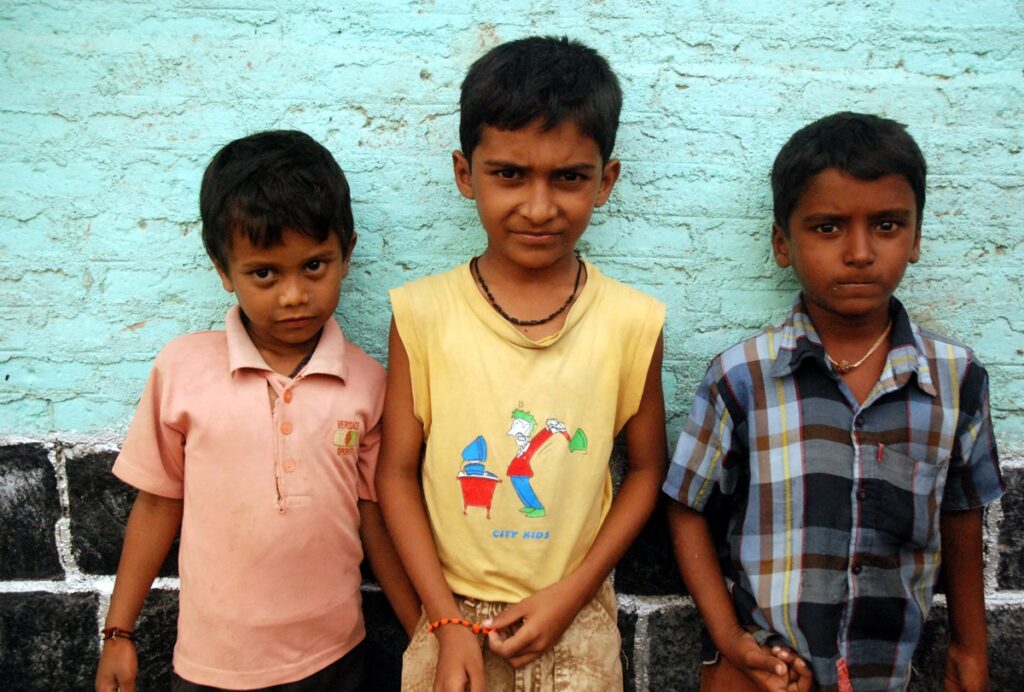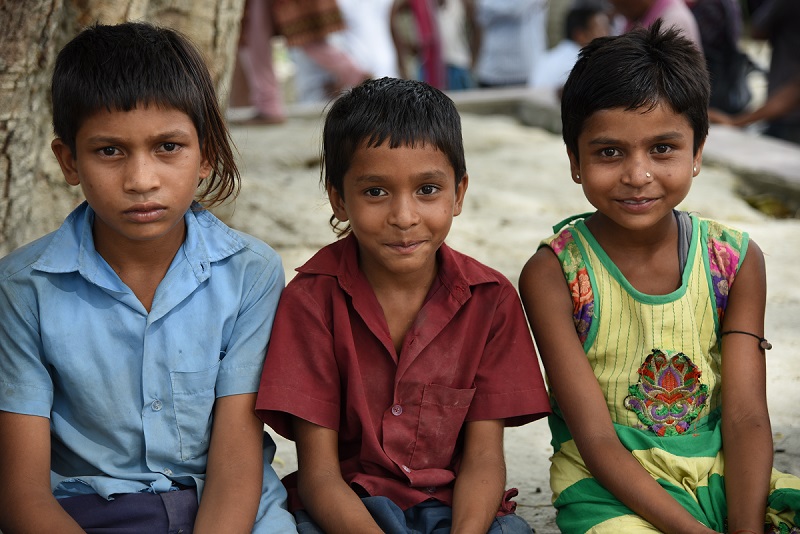
The Intersection of Poverty and Child Labour in India
Child labour and poverty are deeply connected issues in India, with millions of children forced into work due to economic necessity. This harmful....
Read MoreIn India's social fabric, the persistent challenge of child labour poses a significant threat to the well-being and future prospects of the nation's children. At CRY, a leading organization devoted to the cause of child rights, under our Right To Protection initiatives, we strive to eliminate child labour at the root level by promoting awareness and addressing the key causes of child labour.

Child labour , in essence, refers to the exploitation of children through any form of work that deprives them of their childhood, impedes their ability to attend regular schools, and is detrimental to their physical, mental, social, or moral development. It is an issue that demands collective attention, understanding, and strategic interventions to break the cycle of exploitation.
India has enacted comprehensive legislation to combat child labour, primarily through the Child Labour (Prohibition and Regulation) Act, 1986, and subsequent amendments. This legal framework delineates the prohibition and regulation of child labour, emphasizing the importance of protecting the rights and well-being of children. Despite these legal measures, the battle against child labour remains an ongoing and complex challenge.
A substantial number of children find themselves toiling in the fields, engaging in various agricultural activities. These children are often subjected to arduous conditions, working in environments where exposure to harmful pesticides and machinery poses significant risks.
Child labour is prevalent in domestic settings, where children, predominantly girls, are engaged in household chores. This form of exploitation involves long hours of work, and minimal wages, and, in some instances, exposes children to physical and emotional abuse within private households.
The manufacturing and industrial sectors witness the exploitation of child labour, with children engaged in activities ranging from brick kilns to garment factories. The hazardous conditions in these environments pose risks to the health and well-being of the children involved.
Children on the streets are often coerced into various forms of labour, including begging, rag-picking, and vending. Additionally, the service sector, comprising small-scale enterprises and roadside eateries, witness the exploitation of child labour.
Child labour in India is a complex issue rooted in a web of socio-economic factors. The primary causes emanate from pervasive poverty, which compels families to depend on the income generated by their children. Lack of access to quality education further exacerbates the problem, as families often prioritise immediate economic needs over long-term educational investments.
Social attitudes and cultural norms also contribute to the perpetuation of child labour. In some cases, there is a societal acceptance of children engaging in work, viewing it as a means of skill development or economic support for the family. Additionally, gender-based discrimination plays a role, as girls are sometimes perceived as suitable for domestic labour, further limiting educational opportunities.
The enforcement of existing child labour laws remains a challenge, allowing unscrupulous employers to exploit vulnerable children. Insufficient awareness about the harmful consequences of child labour and a lack of social support systems contribute to the persistence of this issue.
Addressing these root causes of child labour requires a multi-faceted approach, involving poverty alleviation programs, improved access to education, advocacy for cultural shifts, and stringent enforcement of child labour laws. Organizations dedicated to child rights, like ours, play a crucial role in raising awareness, implementing interventions, and advocating for systemic changes to break the cycle of child labour in India.
The impact of child labour extends far beyond the immediate physical toll. It deprives children of their fundamental right to education, hampers their physical and mental development, and perpetuates a cycle of poverty that spans generations. The long-term consequences are significant, hindering the potential for a brighter future.
In India, numerous initiatives have been undertaken to combat and prevent child labour, reflecting a concerted effort by the government, NGOs, and advocacy groups to address this pervasive issue. One notable initiative is the National Child Labour Project (NCLP), a government-led program that focuses on the rehabilitation of child labourers by providing them with education, vocational training, and support for a smooth transition into mainstream society.
The Integrated Child Protection Scheme (ICPS) is another comprehensive initiative that aims to create a protective environment for children. It focuses on preventing child labour by strengthening child protection mechanisms, promoting education, and providing support services for vulnerable families.
Various NGOs and grassroots organizations are actively involved in awareness campaigns, community mobilization, and direct intervention programs to address the root causes of child labour. These organisations work tirelessly to provide educational opportunities, skill development, and socio-economic support to at-risk children and their families.
Additionally, government schemes like the Sarva Shiksha Abhiyan (SSA) and the Mid-Day Meal Scheme contribute to preventing child labour by making education more accessible and attractive for children, especially in economically disadvantaged communities.
While progress has been made, the challenge persists, and a collective, sustained effort is essential to build on these initiatives, enforce existing laws, and address the root causes of child labour to create a society where every child can grow, learn, and thrive.
Eradicating child labour faces numerous challenges, including the need for better enforcement of existing laws, addressing societal attitudes, and ensuring economic opportunities for families. The path to a child labour-free society requires collaborative efforts, policy advocacy, and sustainable development initiatives that address the root causes of child labour.
As a leading organization championing child rights, CRY plays a pivotal role in the fight against child labour. Through advocacy, community engagement, and direct intervention programs, we strive to create an environment where every child is free from the shackles of exploitation. By addressing the root causes and providing holistic support, we work towards building a future where no child is forced into labour, and every child can realise his/her full potential.
The fight against child labour is a shared responsibility that demands understanding, awareness, and strategic interventions. Through collaborative efforts, we can pave the way for a brighter and more equitable future for the children of India. Together, let us strive to eradicate child labour and create a society where every child's rights are protected and celebrated.